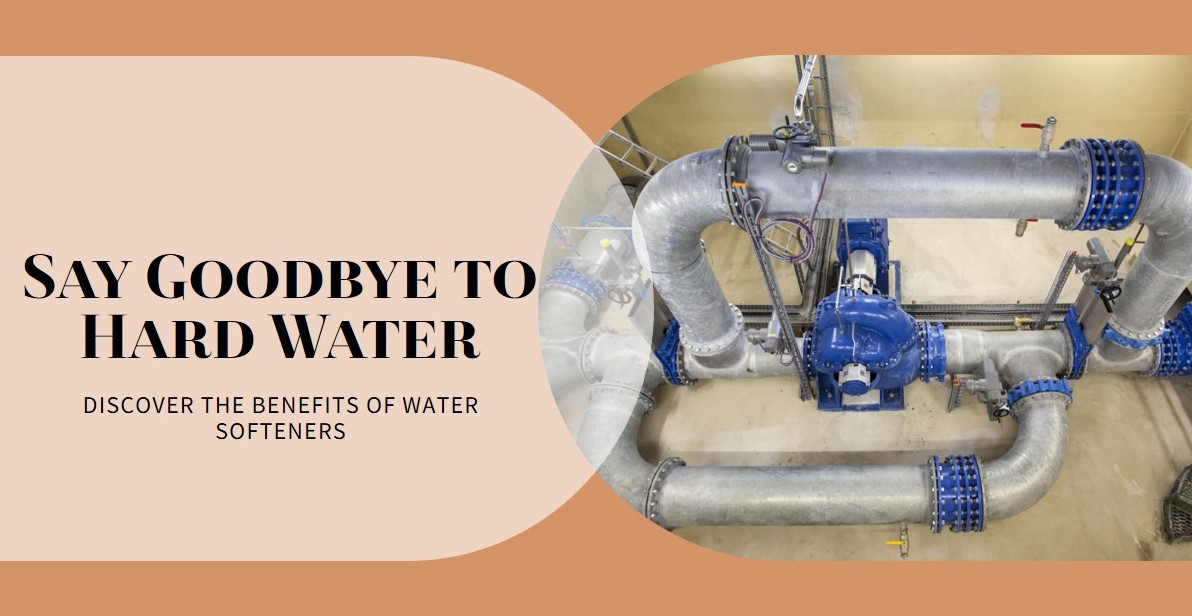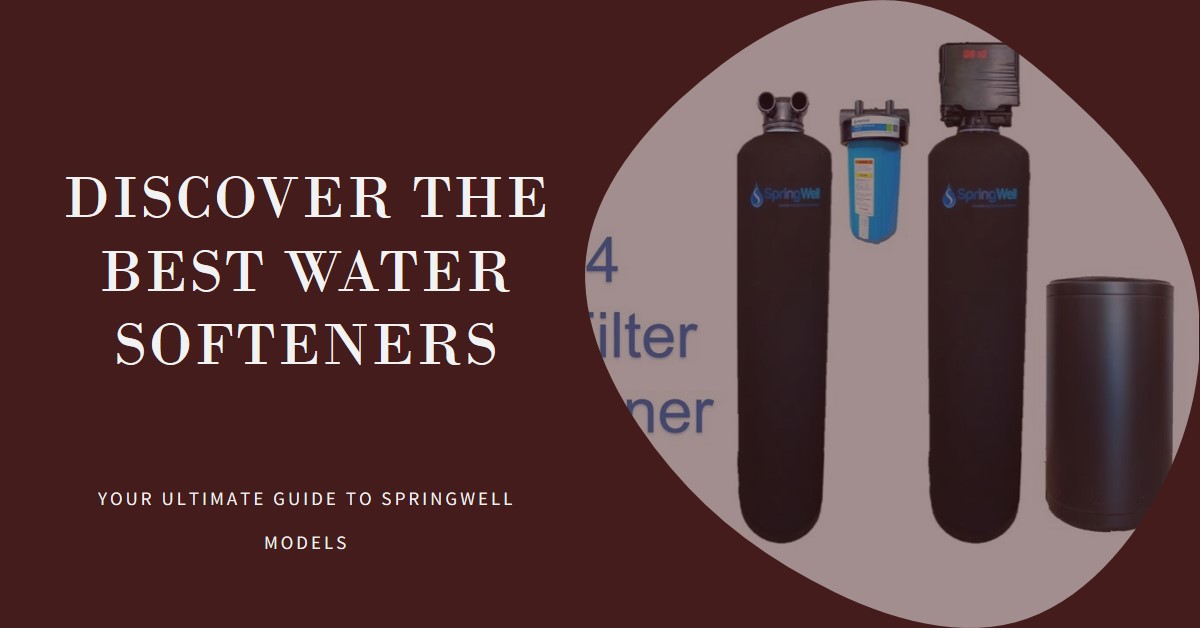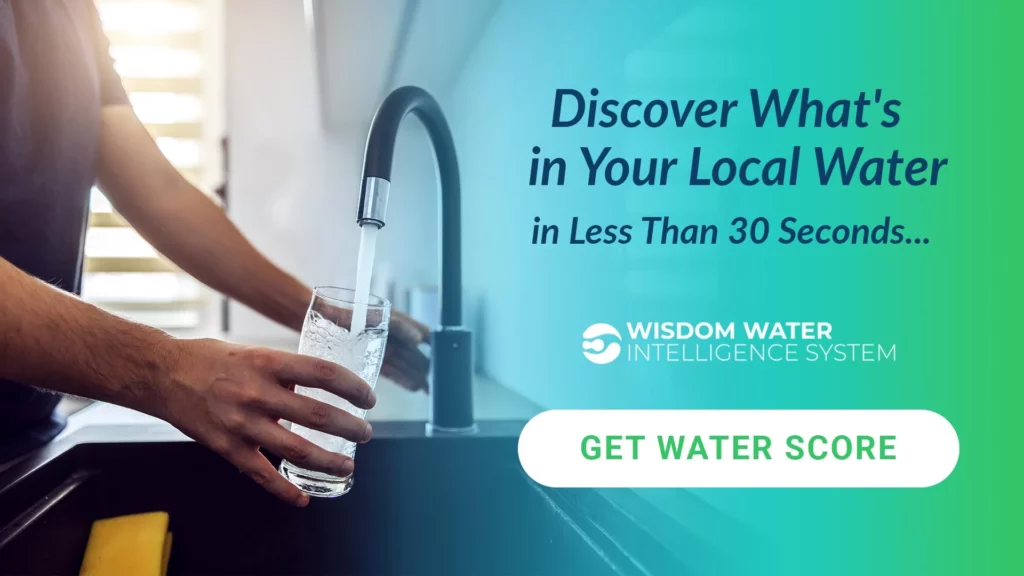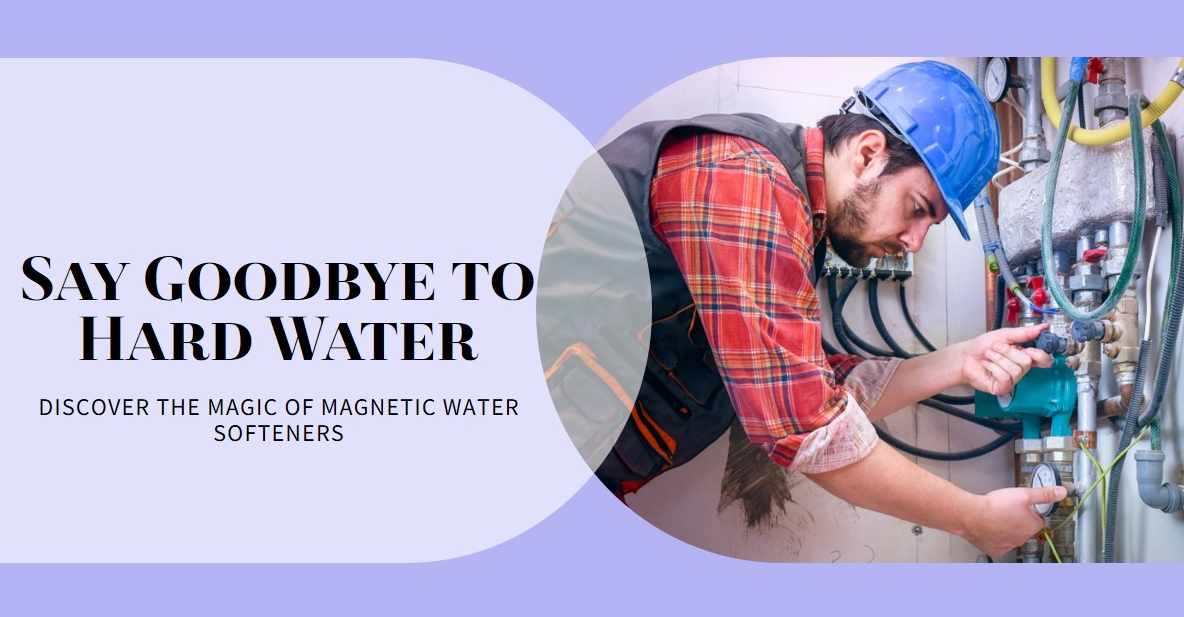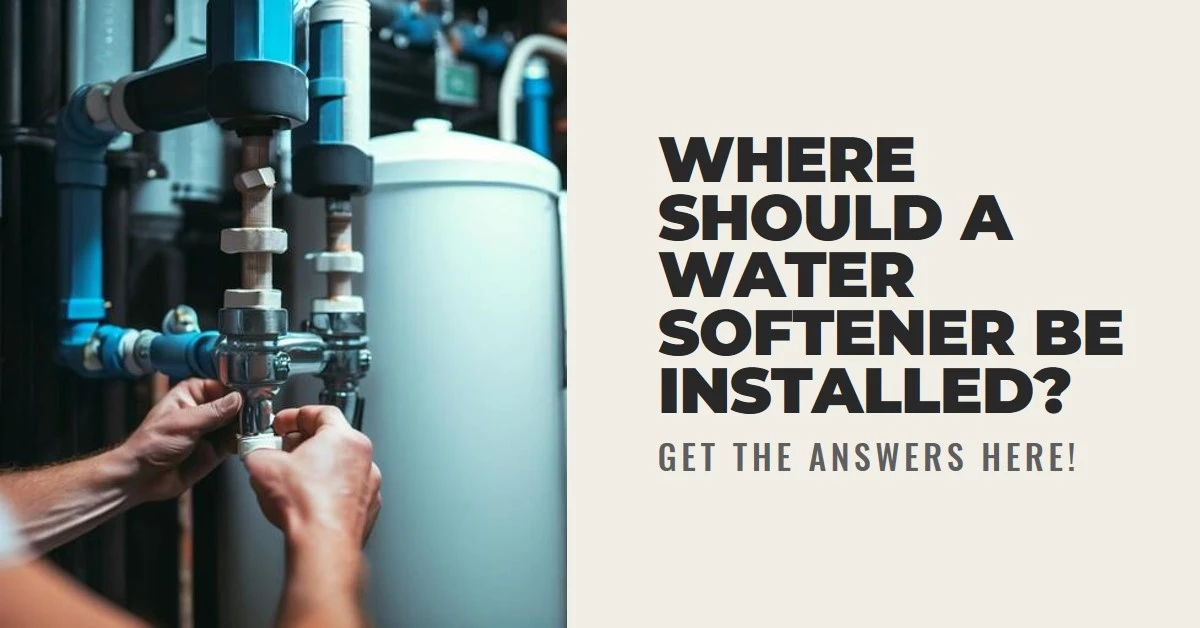If you’ve noticed dry skin, stiff laundry, scale buildup on fixtures, and other problems, your home likely has hard water. Water softeners offer a solution by removing minerals that cause these issues. But what exactly do water softeners take out of your water?
Water softeners primarily remove calcium and magnesium, the minerals that make water “hard.” They work through a process called ion exchange to swap out the calcium and magnesium ions for sodium ions. This leaves you with soft water that produces less scale and soap scum.
While exceptionally effective, water softeners do not remove 100% of hardness minerals. The amount eliminated depends on your specific model’s capacity and your water’s hardness level. Besides calcium and magnesium, water softeners can also reduce other problematic minerals.
Read on to learn more about what water softeners extract from your household water to make it softer and cleaner.
What Causes Hard Water in the First Place?
Hard water contains high concentrations of calcium and magnesium, which are picked up as groundwater flows through limestone, chalk, and other minerals. These dissolved rocks lend water a “hardness” that manifests in various nuisances.
The level of hardness is measured by grains per gallon (gpg) or milligrams per liter (mg/L). The higher the grains or mg/L, the harder your water is.
While small amounts of calcium and magnesium are not harmful for consumption, water hardness becomes problematic at higher levels. Hard water’s high mineral content leads to:
- Dry, itchy skin and scalp
- Dull, stiff laundry
- Soap scum buildup on tubs, showers, and sinks
- Scale deposits on appliances, plumbing, and fixtures
- Inefficient cleaning and rinsing
These mineral deposits not only damage surfaces but also reduce the lifespan of water heaters, washing machines, and other appliances. Hard water wastes time and money through added cleaning efforts, detergent use, and equipment repairs or replacement.
How Do Water Softeners Work to Remove Hard Water Minerals?
Water softeners use a process called ion exchange to remove hardness minerals and replace them with sodium ions. This leaves you with softened water.
Inside a water softener is a resin bed made up of tiny polystyrene beads. These beads undergo an initial “charging” process where sodium ions attach themselves to the resin.
As hard water passes through the softener, the resin beads attract and grab ahold of the calcium and magnesium ions. The hardness minerals displace the sodium ions, which then enter the water stream. This ion exchange eliminates the minerals that cause hard water.
The resin bed has a finite capacity for exchanging ions before becoming saturated with calcium and magnesium. Therefore, water softeners need to regularly regenerate the resin to flush the hardness minerals and recharge with sodium.
This regeneration process cleans the resin beads so they can continue softening your household water.
The Main Minerals Water Softeners Remove
Water softeners primarily remove calcium and magnesium from hard water. Let’s take a closer look at these two most prevalent culprits behind hard water.
Calcium
Calcium is the top mineral associated with water hardness. It enters groundwater as it flows through limestone, chalk, marble, and other rock formations.
While small amounts of calcium are fine, high concentrations lead to scale buildup on plumbing fixtures, appliances, and surfaces. This chalky film is difficult to remove.
Calcium also reacts negatively with soap, causing it to form an insoluble film rather than lather properly. Reducing the calcium content through a water softener allows soap to foam up and clean more effectively.
Magnesium
Magnesium is the other major mineral water softeners are designed to eliminate. Like calcium, magnesium enters water via contact with dolomite, magnesite, and other rocks and soil minerals.
Magnesium causes many of the same issues as calcium, contributing to scale buildup, soap scum, and laundry stiffness. Minimizing the magnesium concentration is key for optimizing water quality and usability.
Along with calcium, removing magnesium provides numerous household benefits.
Other Minerals Removed by Water Softeners
In addition to calcium and magnesium, water softeners also reduce other dissolved minerals that contribute to hard water problems.
Iron
Iron shows up as reddish-brown stains on fixtures, clothing, and surfaces. Like other minerals, iron can build up in pipes and appliances, causing efficiency declines. Water softeners attract and extract ferrous iron ions through the ion exchange process.
Manganese
Manganese leads to blackish or brown deposits, along with an unpleasant metallic taste. By capturing and removing manganese ions, water softeners prevent staining and improve the taste and odor of your water.
Barium and Strontium
These less common minerals can also cause scale deposits and other hard water issues at high levels. Water softeners help control barium and strontium by exchanging their ions for sodium.
The Ion Exchange Capacity Determines Removal Efficiency
While water softeners effectively eliminate calcium, magnesium, and other minerals, they do not remove 100% of hardness. The amount extracted depends on the ion exchange capacity.
Ion exchange capacity refers to the softener’s ability to swap hardness ions for sodium ions. It is measured in grains, kilograins (kg), or milliequivalents per cubic foot.
Higher-capacity models have more resin beads to capture minerals. They can handle greater water volumes and hardness levels compared to standard units.
For example, a softener with a 30,000 grain capacity could effectively reduce hardness up to about 75 grains per gallon. But for water over 100 gpg, you would need a larger capacity around 45,000+ grains.
Choosing the appropriate softener size and capacity for your home’s water demand and hardness results in optimal mineral removal.
Additional Contaminants Removed by Water Softeners
Besides hardness minerals, water softeners also reduce or eliminate other problematic substances that may be present in your water supply.
Sediment
Sediment ranging from rust flakes to sand particles can accumulate in water pipes and plumbing. Water softeners catch and remove much of this sediment to preventbuildup and clogging issues. Their resin bed acts as a filter to trap particulate matter.
Rust
Like sediment, rust particles originating from old pipes or well components contribute to poor water quality. Tiny flecks of rust can stain laundry, dishes, and fixtures. Water softeners attract positively charged iron ions to eliminate rust.
Chlorine
Added as a disinfectant by many municipalities, chlorine can impart unpleasant odors and tastes. As water passes through a softener, the resin beads help reduce the chlorine concentration and neutralize this bleachy flavor.
Benefits of Removing Hardness Minerals
When a water softener extracts calcium, magnesium, and other hardness minerals, you enjoy numerous advantages:
- Fewer mineral deposits: With less calcium and magnesium, your water forms less limescale and soap scum on plumbing fixtures, tubs and tile, appliances, dishes, and more. This saves you from tedious mineral deposit cleaning.
- Shinier dishes: Dishes and glassware come out of the dishwasher cleaner with minimal spots when washed in soft water. The minerals that cause film and etching are greatly reduced.
- Softer skin and hair: Hardness minerals disrupt the lathering of soaps and shampoos, leaving behind an insoluble film that irritates skin. Softer water allows better rinsing to keep your hair and skin smooth.
- Brighter laundry: Without hardness minerals to bond with detergents, your clothes avoid the dingy dullness caused by soap scum residue. Colors stay vibrant despite repeated washing.
- Longer appliance life: Scale buildup in water heaters, washing machines, and other appliances makes them less efficient and shortens their lifespan. Soft water prevents buildup to save you money.
- Improved soap performance: Hardness ions interfere with soap’s ability to suds up and clean properly. Removing these minerals enables soaps, detergents, shampoos, and cleaners to function as effectively as intended.
- Better taste: Although not unhealthy in typical amounts, calcium and magnesium can give water a chalky flavor. Water softening provides cleaner, fresher tasting water.
Selecting the Best Water Softener for Your Home
Choosing the right water softener ensures optimal hardness removal tailored to your household’s needs. Check out water softener types and features to find the perfect system.
Salt-Based vs. Salt-Free Softeners
The most common type uses salt (sodium chloride) during the ion exchange process to regenerate the resin bed. However, salt-free models replace the sodium chloride with potassium or use a physical template assisted crystallization process.
Softeners Sized Based on Household Demand
Your softener should be sized appropriately for the number of occupants, bathrooms, laundry needs, and other water usage. An undersized unit won’t adequately treat your full water volume.
Metered vs. Timed Regeneration
Metered softeners regenerate based on actual water usage. Timed systems regenerate on a fixed schedule regardless of whether the resin requires it. A metered softener is typically the better choice for water efficiency.
Manual vs. Automatic Models
Manual softeners require you to initiate the regeneration steps manually. Automatic options have pre-programmed computer controls to handle backwashing and recharging at the optimal times.
Hybrid Two-Tank Designs
Some models separate the resin bed and brine tank into two separate vessels. This allows for more customizable media volumes to handle iron, sediment, chlorine, and other contaminants.
Maintaining Your Water Softener
Your water softener will continue removing hardness minerals most efficiently with proper maintenance:
- Check the salt levels about once a week to ensure adequate sodium for regeneration. Refill as needed with salt pellets.
- Clean and sanitize the brine tank periodically to prevent any bacterial growth.
- Rinse and flush the resin tank once a year to remove sediment and prevent channeling.
- Replace filters on schedule – typically 3-6 month intervals.
- Test water hardness annually to verify your softener is working properly.
- Inspect for leaks around fittings, valves and connections that could lead to saltwater flooding or equipment damage.
Conclusion
Water softeners are excellent investments to combat hard water problems through reducing calcium, magnesium and other troublesome minerals. Removing these ions provides cleaner, softer, better tasting water throughout your home.
The minerals extracted include calcium and magnesium as the main hardness ions, plus iron, manganese, and sediment. Water softeners don’t eliminate 100% of hardness. Their removal capacity depends on resin bed size and recharge frequency.
While mainly targeting hardness, water softeners also decrease chlorine, rust, and other contaminants that degrade water aesthetics and quality. Minimizing these substances through ion exchange produces water that hydrates skin, prevents scale, and extends plumbing and appliance lifespan.
Choosing a properly sized, high-capacity water softener matched to your household’s water chemistry allows for optimal mineral reduction. With periodic maintenance and servicing, your water softener will continue providing the many benefits of softened water for years to come.

